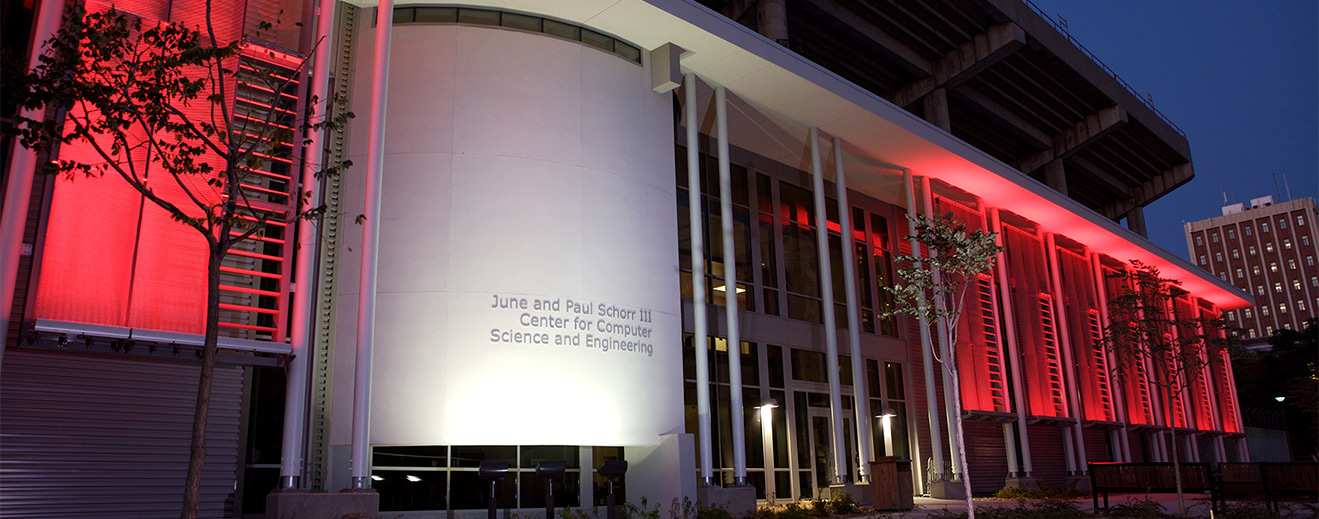2021-2022 Project Portfolio
The Senior Design Capstone provides an opportunity for industry and academic sponsors to engage and utilize the minds of some of the brightest students on campus. Read more about what the students are working on in the 2021-22 academic year.

Care Bridge International
Claims Intelligence Platform
Project Type: Machine Learning
Pitch Video
Project Description (Student Access)
Build the next iteration of the Care Bridge International intelligence platform by building out models that will better handle, manage and respond to catastrophic injuries and insurance claims. Care Bridge International effectively built software combining an extensive medical claims database with state fee schedules, utilization review, and rated age life expectancy based on co-morbid conditions, as well as machine learning about actual medical care and treatment, anticipating by zip code region. The statistical analysis of live data can provide a more accurate and reproducible clinical forecast of future medical costs for the general population, as compared to manual calculation methods, which are inconsistent and open for human error and interpretation. As part of that initiative, the scope of work will look like the following:
- Refining future medical forecasts involving
- Refining future medical forecasts involving physical therapy and mental health services
- Refining future medical forecasts involving treating providers

City of Lincoln
Renter and Landlord Community Education Tool
Project Type: Web Dev
Pitch Video
Project Description (Student Access)
Digitize our RentWise and Fair Housing Training modules into a single management environment to better empower our housing market for both tenants and landlords.
This management platform needs to allow for a number of engagement points (i.e., in-person/web/app-based). The delivered product will be managed through a web-based system.
The impact of this project will be recognized statewide not only through households who are recruiting preference points for public housing assistance, but also for experienced and
first-time renters. With a better-informed market, higher quality agreements will be realized. The program also needs a new interface with lower direct operating expenses.
Both platforms have five distinct goals/requirements:
- Digitize the paper-based system
- Create a common enrollment experience including online registration, enrolling through a certain organization/trainer, class availability
- Instructors tracking enrollment and attendance, grant certification, and registration authority
- Participants/students have reviewed and completed review questions and been granted certification.
- Public reporting for a searchable database of tenants and landlords to facilitate the market. Landlords will find better tenants and tenants will find landlords who know about fair housing law. A table on the backend should be accessible for weekly geocoding.

Civic Nebraska
Election Protection Program
Project Type: Mobile App
Pitch Video
Project Description (Student Access)
Design and implement one centralized app that collects all the information our election observers gather during elections and updates them in real-time to a state-wide map of polling places, also allowing anyone with the app to submit a voter “help desk” ticket for specific issues that forwards to the Director of Voting Rights to resolve. Users can look on the map of polling places and access every report conducted at that location for every election the app is live. Civic Nebraska will handle the data analysis and report generation post-date collection.

Connections Homes
Youth Matching Tool
Project Type: Web Dev
Pitch Video
Project Description (Student Access)
Develop a web application to match records across different tables in our database, based on weighted criteria. The app will serve youth (18-24) who have aged out of foster care and trained, background checked, and certified Mentoring Families. Currently, our Relationship Managers (RMs), manually match youth and families based on proximity, interests/needs, personality, and other attributes. The app would use the same criteria producing a list of matching families for youth while allowing flexibility for the RM to weight attributes and produce a new list depending on what’s selected finding the best match possible.
Scope includes the programming of the matching system, which will act as an app that queries, aggregates, loads, and updates data in the already established CRM. The scope also includes any automated communications, notifications, etc. included in the User Experience steps. We would like RMs to be able to adjust the radius and to “weigh” the items within the categories in the secondary tier, but from a system perspective, we want the overall weight to be 70% weight to matches in the Basic category and 30% weight to matches in the Interest/Needs category.
We envision an RM entering a youth (individual) into the portal and the portal returning ranked results of Mentoring Family matches from “most suitable” to “in proximity only”. This will allow an RM to view available Mentoring Families and work with other RMs to connect youth to the best matches faster and with visibility outside of their caseload of Mentoring Families.

DMSi
Reman Mobile App
Project Type: Mobile App
Pitch Video
Project Description (Student Access)
DMSi’s project is to build a mobile app to help our customers more effectively manage the remanufacturing processes in their warehouse or yards. Here is one example of a reman process done regularly by customers in a manual, slow process. You are building a new home, and you want an open concept living space. To accomplish this, large structural beams are needed to carry the weight over a large span. Manufacturers build these large beams in 60’ lengths, and homes require a 32’ beam. This is where our customers would typically use our reman process. The 60’ beam would be the input item; the operation would be the cutting process, and the output items would be the 32’ beam and a 28’ beam. This process usually takes place in a warehouse or out in a yard away from technology. Before the 32’ beam in the above example can be delivered and invoiced, the paperwork is printed and received by whoever is doing the work. When the work is completed, the paperwork gets returned to the office, the reman finished in the system, and delivery paperwork gets printed. By moving to a mobile-based solution, the paperwork disappears completely, and the whole process flow is shortened, leading to greater efficiency and profits.
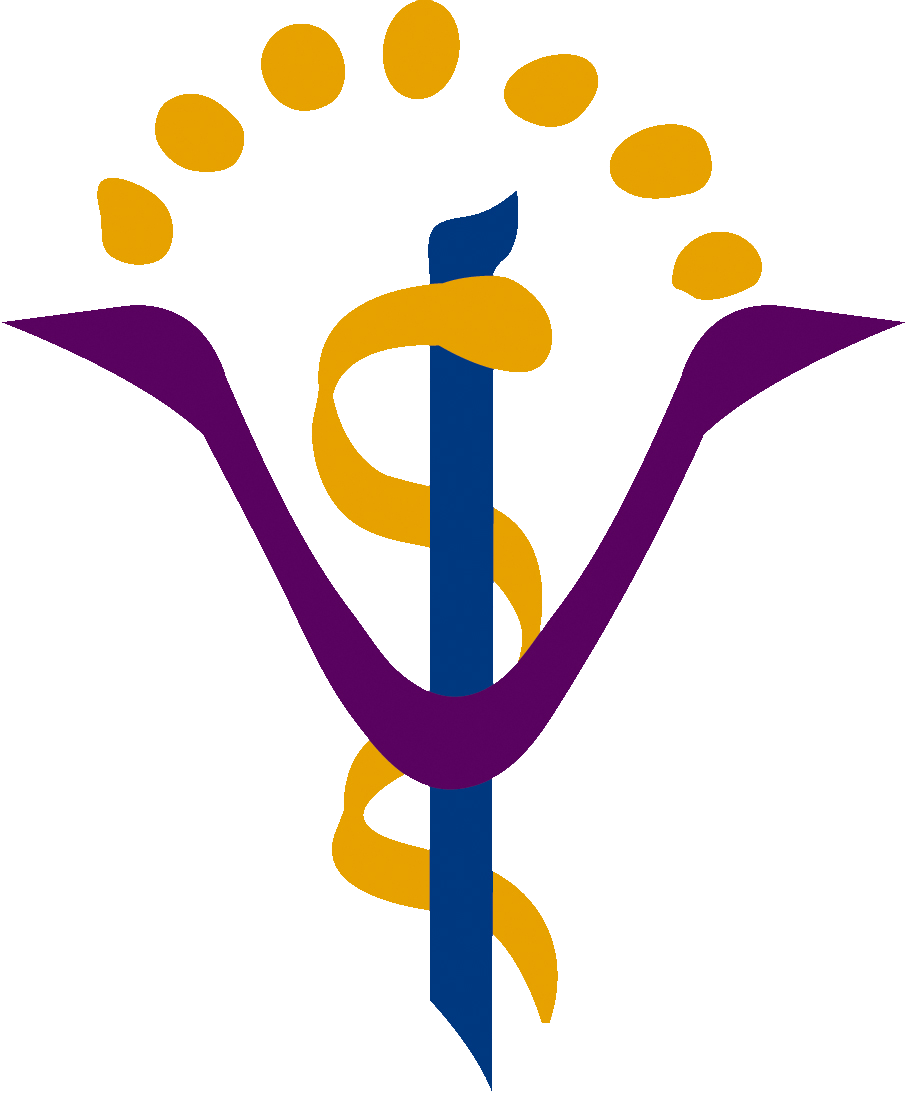
Freeman Preparation Program
Freeman Preparation Program App and Institution Integration
Project Type: Web Dev/Mobile App
Pitch Video
Project Description (Student Access)
The scope of this project is to change how healthcare systems interact with patients for every type of surgery and stressful procedure by creating an interactive app and website that patients use to gain skills for preparing psychologically for surgery. In addition, the company and its future medical instructional collaborators can gain valuable data on patient responses, successful components, and documenting patient compliance with objectives included in the patient training. The program I created is backed by research and application to be effective on several key measures of patient comfort, satisfaction, and healing recovery. The next step is making it uniformly available and removing bureaucratic roadblocks of sending out information from the hospital by mail. The business objectives include two layers, the first phase is an app that could be marketed directly to consumers. The second, more challenging layer, is to collaborate with medical institutions in preparing their patients for surgery and medical procedure. This presents the most technical challenge of being HIPPA compliant and secure.
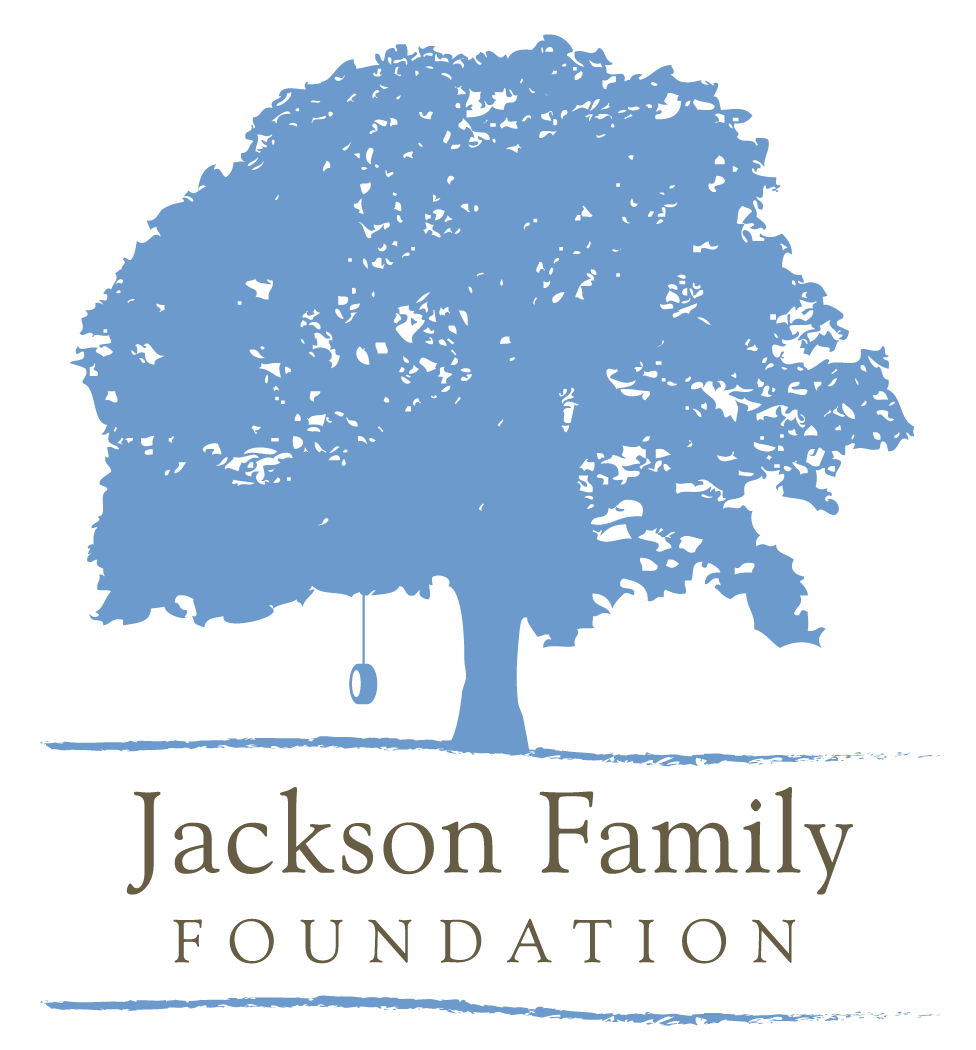
Jackson Family Foundation
Funding Partner Interactive Map
Project Type: GIS/Data Analytics
Pitch Video
Project Description (Student Access)
Create a visualization mapping tool that is updated in real-time as changes are made in our database, based on date ranges and limited by “branch” to provide a snapshot of our current funding partners. We would like for this to be a map that shows dots (size based on $ of grant) that we can hover over or click on to see more detailed information (name, $, and strategy area). The dots should be color coded by strategy area with the ability to filter by region, country, strategy area or $ amount and searchable by organization name. Our current system is a magnetic map that we use colored magnets to view where our partners are by strategy area. We currently run reports and excel spreadsheets to look for clusters or gaps, which is difficult because of the lack of ability to appropriately visualize the data available.

Nebraska Game and Parks
Field App for Fisheries Field Sampling
Project Type: Progressive Web App
Pitch Video
Project Description (Student Access)
The Fisheries Division of the Nebraska Game and Parks Commission is in need of talented data and UI/UX oriented developers! In order to support its operations and mission, the division conducts field sampling of fish populations across the state and throughout the year. The current database and analysis software used to support these efforts was designed in 1996 and has survived and continues to function through 11 versions of the windows operating system. Currently, the division is undertaking a project to rewrite and modernize the database and analysis software. This project is one component of that effort – a tablet-based data entry application to capture fish sampling data under chaotic and diverse field conditions. The working environment and workflow of the application will call for innovative and novel UI/UX solutions. The final application will be immediately implemented and used daily by staff of the Fisheries Division across the state. The last version of this software was a cutting-edge, nation-leading product in its time, and this project should aim for that goal again.
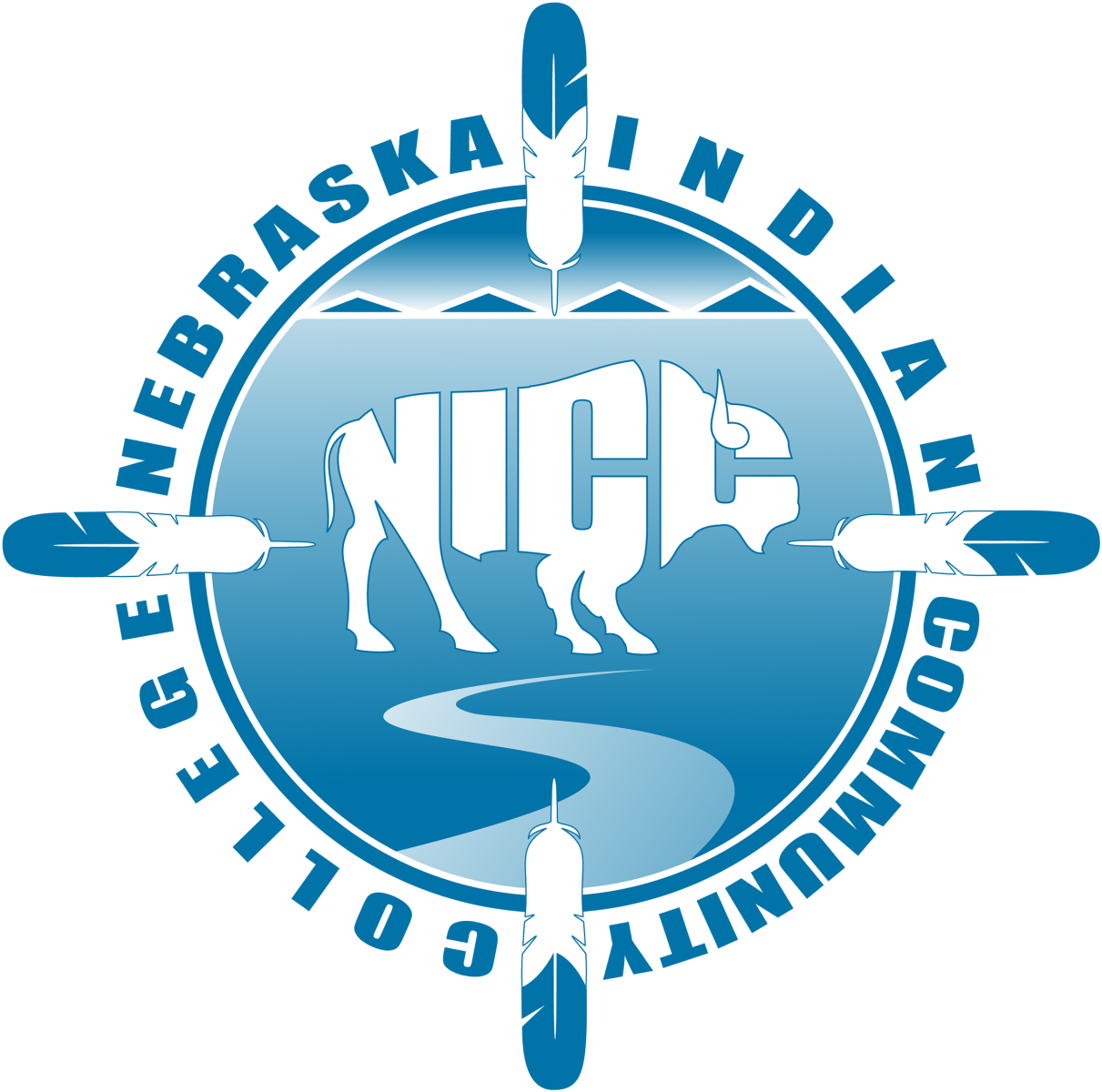
Nebraska Indian Community College (NICC)
Course Scheduler
Project Type: Web Dev
Project Description (Student Access)
The Nebraska Indian Community College (NICC) is a tribal college chartered by two sovereign nations: The Isanti Dakota (Santee) and the Umonhon (Omaha). The current scheduling method is a two-part manual entry process with no database. The project's objective is to develop automated course scheduling software to be integrated with existing in-house systems Empower and Cisco VTC Scheduler with automatic updates across all three platforms. The main goals are:
- Automatically populate course offerings based on a two-year course rotation.
- Frontload the courses tied to the faculty qualified to teach them.
- Utilize scheduling preferences based on the availability of faculty throughout the week.
- Collect data on enrollment based on days/times/modalities that the course is offered to analyze future course offerings.

Nebraska Water Center
Vadose Zone Database & User Interface
Project Type: Web Dev/GIS
Pitch Video
Project Description (Student Access)
The Nebraska Vadose Zone website receives data from multiple sources, including hardcopy reports, in a variety of formats. The overall goal of the system is to gather, organize, and share vadose zone data, as well as monitor data for other chemicals or compounds pertinent to groundwater management, in a single standardized database. Public access to a subset of this standardized data is provided through the website for ongoing monitoring and research purposes. All data is anonymized to protect landowner and producer information and maintained on a secure server at the University of Nebraska. Landowner names are not available through the website. Because vadose zone monitoring data exists in many formats, a preformatted Excel template file and formatting tutorial are provided to assist conversion to the database format. Many users simply provide copies of reports without using the template, and this data must be converted by university staff before reviewing for data quality. Digitized data is first subjected to a location analysis where the precision and accuracy of the coordinates are estimated. If the location is provided with a latitude/longitude and a secondary source (legal description or map ) the lat/long are verified. If the coordinates of the core, or set of cores, are not provided with latitude/longitude but a legal description is provided, a latitude/longitude is determined using ArcGIS. Measurements transferred to a spreadsheet are checked using expert adjustment based on expected ranges. Finally, quality-checked measurements are imported in the Access/SQL database and an unloadable spreadsheet containing MATLAB-produced graphs for nitrate, ammonia, and moisture content for individual cores. The ArcGIS map application on the website allows any user to search for cores visually and download individual core summaries.

UNL Concussion and Vestibular Evaluation (CAVE) Lab
Husker Concussion Mobile App
Project Type: Mobile App
Pitch Video
Project Description (Student Access)
The Husker Concussion Mobile Application involves continued development and implementation from last year. We created the initial stages of our downloadable mobile app where a student athlete had access from anywhere, and their clinician can remotely monitor their progress, make modifications as needed, and alert the student-athlete, as well as maintain records and view privacy policy. Our goals for year two are to refine the desktop and mobile applications so they communicate appropriately and update in real time, add more exercises including a visual scanning task, add concussion symptom-rating questions, ensure privacy controls are in place whether in UNL or in the community at large, and improve the aesthetics of the app in certain areas.

UNL Gudmundsen Sandhills Laboratory
Livestock Data Analytics
Project Type: Web Dev/Data Analytics
Pitch Video
Project Description (Student Access)
The livestock industry lacks behind most industries in technology development and adoption because current technologies don’t add value to operations, they are not user-friendly, or don’t serve as good decision-making tools. One part of the proposed system is a cloud-based platform, including an app, with the analytical ability and the capacity to be a robust database manager. This would allow analyzing trends in cow or treatment performance to make quicker decisions. For instance, during drought, there may be limited forage and the need to cull or sell cows to adjust our stocking. The ability to quickly analyze individual cow performance and their calf weaning weight across multiple years can provide an index to make culling decisions on which cows should be sold.
Collection of a lot of data occurs from cow and calf performance metrics (body weight, body condition score, calving date, sire, dam, yearly experimental treatment, milk production, supplement intake, udder score, disposition score, and pregnancy rate), hay production, yearly hay fed, and grazing data (date in pasture and date out of pasture) for over 30 pastures. Unlike most ranches, GSL will have 5-10 different ongoing projects with the cowherd each year, complicating data managing. Within a new initiative at UNL, GSL is developing into what is being called the Ranch Innovation Center. Within that space more technology-based systems are being used, allowing for the collection of real-time data. Specific project deliverables are outlined below:
- The GSL needs a web-based database application that integrates the ranchland cow/calf production data for easy navigation and information demonstration friendly to scientific and non-scientific users. A phone/tablet compatible web tool is expected for real-time data access when producers conduct daily chores at farms. Hardware/software can be up to the senior design teams’ options and are not limited to SQL, Oracle, Amazon (AWS) /Google (GCP)/Microsoft (Azure)-based web services databases.
- A web-based IoT platform that integrates the payload formatters (i.e., uplink and downlink messages) from the things network (thethings.org), gateways, LoRaWAN end-node devices (e.g., GPS, temperature/RH sensors), and basic GIS data handling and processing, and live data interface for real-time data monitoring and device management. The integration platform can be selected based on the team’s preference; options include but are not limited to MQTT, Webhooks, AWS IoT, Azure IoT Hub, GCP Cloud, LoRa Cloud, etc.
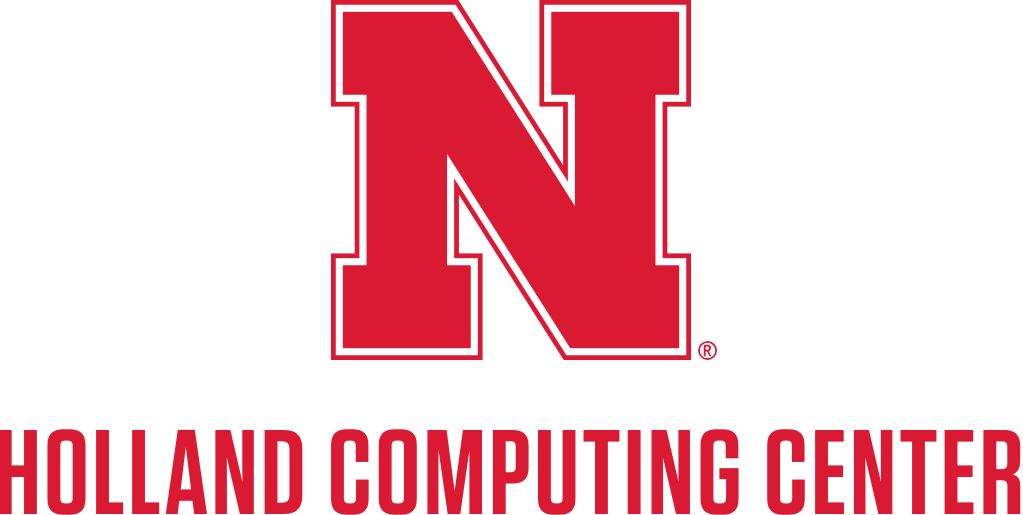
UNL Holland Computing Center (HCC)
Enhancing RNA Nanostructures Science Gateway
Project Type: Web Dev/Workflow
Pitch Video
Project Description (Student Access)
Biological nanotechnology promises to create custom nanomachines to revolutionize the engineering of materials, catalysts, biomedical diagnostics, and therapeutics. Recent years have seen rapid progress in RNA nanotechnology, inspired by natural RNA machines that can sense molecules, carry out complex computations, and recruit proteins and other molecules. Although there have been significant advances in computer-assisted tools to aid in the development of new RNA nanostructures nd machines, these improvements have yet to reach the wider scientific community. In the academic year 2020-2021, HCC sponsored a senior design project team to start to design, develop, implement, and deploy a comprehensive science gateway for the design and optimization of RNA nanostructures powered by RNAMake. The resulting RNAMake gateway is designed with the Airavata gateway framework and supports RNA design applications running on high-performance computing centers. This proposal seeks to evaluate the existing RNAMake gateway frontend and enhance it by improving the user experience and supporting more applications in RNA design. The goal is to build an infrastructure similar to the widely successful ROSIE server which is a central hub for protein design. Furthermore, the aim is to disseminate this server the Nucleic Acid Research special edition on servers.
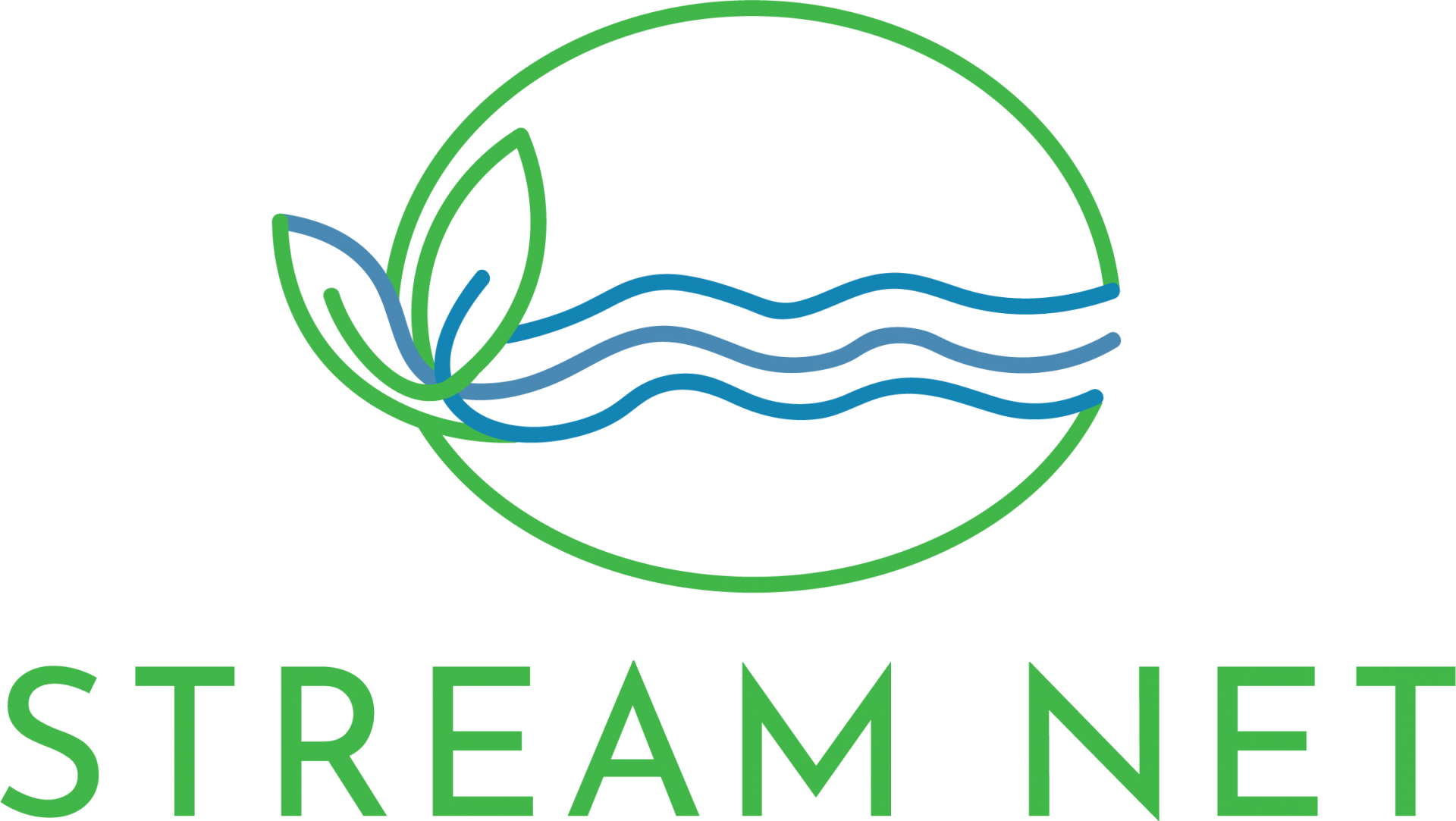
UNL School of Natural Resources
StreamNet
Project Type: Web Dev
Pitch Video
Project Description (Student Access)
Create a web application combining innovative sensing technology with a user-driven web application. Our work will provide novel information on nutrient conditions in Nebraska lakes and streams, leading to improved nutrient management techniques, water quality in Nebraska, and provide up-to-date information for residents and landowners to involve them in surface quality management. Data that will go into the application will come from at least three sites and relevant external websites. Nebraska is an agricultural state rich with water resources. Unfortunately, fertilizer use to promote agricultural yields has increased nutrients in those waters, resulting in increased nitrates and phosphorus, causing algae and cyanobacteria growth making water conditions toxic to animals and humans. To meet this challenge, we are building "StreamNet": a novel network of high-frequency aquatic nutrient sensors with an easily accessible web application. We will pilot StreamNet in the Scottsbluff/Terrytown/Gering region, where we can place sensors in streams flowing through cropped, ranched, and urban areas. We will iteratively develop both the data portal and dashboard web application with stakeholders and partners to ensure the information and analyses are usable and helpful to the end users of the data and, when possible, build those options into our application.
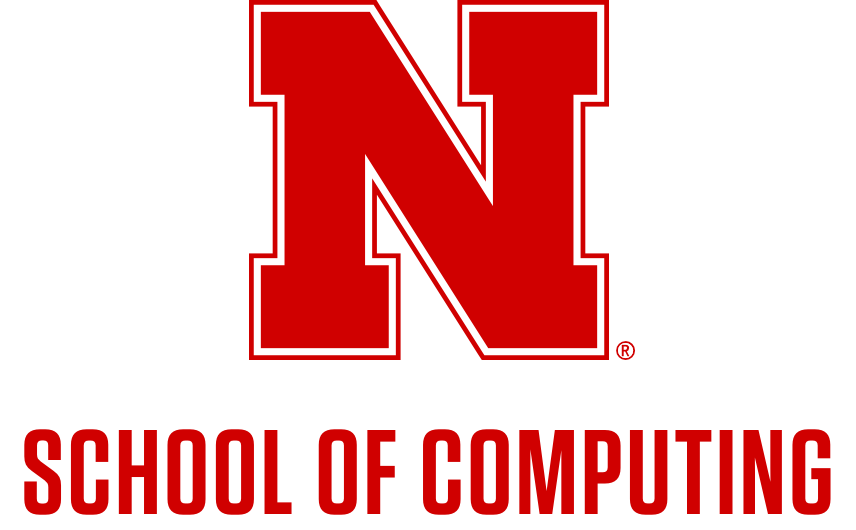
UNL SOC-Bohn
Matching And Grouping of Interests for Capstone (MAGIC)
Project Type: Web Dev
Project Description (Student Access)
The Matching And Grouping of Interests for Capstone (MAGIC) project will match Senior Design Students to an available sponsored project based on student project preferences, their major, leadership preferences, prerequisite performance, teammate preferences, and the preferences of the Senior Design student-base overall. Currently, the students are given a Project Preferences survey in which they each stack-rank available projects from 1 (their top choice) to x (the number of available projects). More than 100 surveys are submitted and a very short time for staff to make decisions on who will work on what project. The main objective of the minimum viable product is to use the survey output to automate the first cut of matching students to their projects. Stretch goals would include machine learning or what-if analysis on the data to come up with more refined results.

UNL SOC-Bourke
Project 046
Project Type: Gaming
Pitch Video
Project Description (Student Access)
This project aims to team up a SOC Senior Design team and a Capstone team from the Carson Center for Emerging Media Arts to collaboratively design and produce a narrative-based 3D video game. The project is tentatively titled Project 046 and is a psychological horror video game following a first-person character that is relearning the immoral past involving unethical experimentation. As the player is guided through a mysterious facility, they will learn more about it through time jumps to the past. After learning about the facility, the character will be given tasks to complete before continuing to the next level. There will be a practice/tutorial level and three-game levels in the game. The project will be Unity/C#-based. All IP rights will be retained by all students working on this project. The teams will coordinate and collaborate in one of the first truly interdisciplinary project endeavors for Senior Design. The SOC team will be primarily responsible for the technical aspects of the project and the EMAR team to be primarily responsible for the art, 3D modeling, scriptwriting and recording, and other creative aspects, with expectations of cross-disciplinary work for both teams.

UNL SOC-Falkinburg-Daniel
Falcon O-Scope
Project Type: Mobile App/Internet of Things
Pitch Video
Project Description (Student Access)
Build an app for IOS and Android that implements a Dual Channel Function Generator and Oscilloscope functionality for use within the CSCE 436 Advanced Embedded Systems and other Engineering courses. The Dual Channel Function Generator will be able to output waveforms (sine, square, triangle, and sawtooth, etc.) via the left and right headphone channels. They will be able to adjust output Amplitude, Frequency, and Phase of the two channels. The Oscilloscope functionality will be able to function like a standard two-channel oscilloscope to analyze audio range (20Hz to 20,000Hz) signals or learning oscilloscope measurement basics. The interface will include many of the standard oscilloscope control features like triggering, time and volts per division, cursors for signal measurement, pause for screen capture, etc. Perhaps in the future it may even incorporate Spectrum Analyzer Functionality as well. The app would input and output through the standard left and right channels of the phone’s stereo output (i.e. 3.5mm headphone jack). The app will still work for phones that don’t have a physical headphone jack by connecting an adapter to the USB-C or Lightning charging port. This application will be used by engineering students and faculty throughout UNL and other Colleges/Universities.

UNL SOC-Falkinburg-Palmer
Husker STEM VR
Project Type: Virtual Reality
Pitch Video
Project Description (Student Access)
Build a virtual reality Oculus Quest app for UNL’s School of Computing to encourage STEM outreach for UNL and the department as a recruitment tool. The team will build a virtual world STEM outreach-focused game around Memorial Stadium allowing the students to do fun engineering type activities/research that are happening here at UNL in the School of Computing (SOC) by providing a fun and engaging way to learn about STEM and about the Huskers in a virtual reality environment. This app could include somewhat of a virtual tour of the area around Memorial Stadium, a remote-controlled robot, or some challenging escape room activities that ultimately encourage the user to pursue degrees in STEM at UNL.

UNL SOC-Koopmann-Samal
LA Program Management Tool
Project Type: Web Dev
Pitch Video
Project Description (Student Access)
Management of many individuals is a difficult problem. The UNL Learning Assistant Program (LAP) has approximately 40-50 undergraduate student staff that it must manage for several courses with an enrollment of over 500 students per semester. This management involves recruitment, hiring, retention, evaluation, status tracking, and disciplinary policy violation tracking. In particular, automation of this management has become necessary due to scale and expansion. The team will develop additional features for the LA ProMT system, specifically to develop the evaluation system, disciplinary policy tracking, calendar and availability system, and data analytics. The team will also address any bugs in the current system as they appear when it is deployed in the Fall of 2021.

UNL SOC-Vuran
OneLNK – A Link to Rule All Radios
Project Type: Internet of Things
Pitch Video
Project Description (Student Access)
UNL and the City of Lincoln, as a part of a Smart Gigabit Communities (SGC) public-private partnership project, has recently developed and deployed, iLNK, a city-wide experimental wireless network platform across UNL rooftops, city traffic intersections, and rural agricultural fields. This project will enable the provision of access to this real-life testbed using web-based technologies and improve its cloud computing and machine/deep learning capabilities. The results of the Senior Design project will significantly impact the capabilities of the wireless research community in terms of field experimental research and will help the U.S. maintain leadership in next-generation wireless solutions.

UNL SOC-Yao
A new pyP3DB
Project Type: Web Dev/Data Analytics
Pitch Video
Project Description (Student Access)
In the area of bioinformatics, web services and online databases play an important role for scientists to store and query biological data in an efficient and user-friendly manner. Bioinformatic websites are great platforms of open-science and reproducible research. The Yao lab is fortunate to have developed and maintained such a product that has been recognized by worldwide plant scientists. In the past 12 years, the Plant Protein Phosphorylation Database has become one of the most significant in vivo data resources for studying plant proteins and their modifications. P3DB has been substantially updated to the current version with respect to new datasets and many backend analytic tools. This project goal is to redesign and build a python-based website framework for protein modification data, the main renovation for the new version of P3DB needs to be significantly redesigned and generalized in order to host and display data sets in a more flexible, comprehensive, and secure way. Use Python to connect the front-end design (such as integration with Bootstrap) and the backend will use more flexible database solutions (both Mysql and MongoDB).

UNL Testing Ag Performance Solutions (TAPS)
Streamlining TAPS Data
Project Type: Web Dev/Data Analytics
Pitch Video
Project Description (Student Access)
The University of Nebraska-Lincoln’s Testing Ag Performance Solutions (TAPS) program was started five years ago as a new way to engage agricultural producers. The TAPS program is a unique farm management competition that promotes profitability and efficiency through peer-to-peer interaction. Participants in the competitions submit their management decisions through a password-protected online portal. Last year over a thousand decisions were submitted. These decisions pool into an excel report through the website and also generate individual confirmation emails to the participants and organizers for each decision. All decisions are logged into a main spreadsheet for the competition, and also into individual spreadsheets for each competing team. This is a very time-consuming and detail-oriented task to record all of these decisions. The project goal is to create a streamlined process, so data automatically fill into not only the main decision page but also each of the individual spreadsheets. The long-term project goal would be to develop a website that can generate the metadata into a searchable database to view current and past competition decisions.

UNMC College of Nursing
VR Ag Safety
Project Type: Virtual Reality
Pitch Video
Project Description (Student Access)
Develop an Immersive Virtual Reality experience related to Agricultural health and safety. Agriculture is the highest-ranked occupation in the US for work-related injuries and fatalities. We want to educate and capture the interest of young future farmers as well as the established experienced farmer and their families. In the 2020-2021 school year UNMC partnered with a School of Computing Senior Design Team to create “Rollover Ranch”, an IVR game that focused on tractor safety. We have received a great deal of interest in the game and have been approached to develop it further, including ATV safety and electrical safety in relation to farm equipment. We plan to distribute the game by putting the headsets in the hands of the users and examine the impact of including/expanding the IVR game through a mail out program to Agricultural programs in Nebraska High Schools.
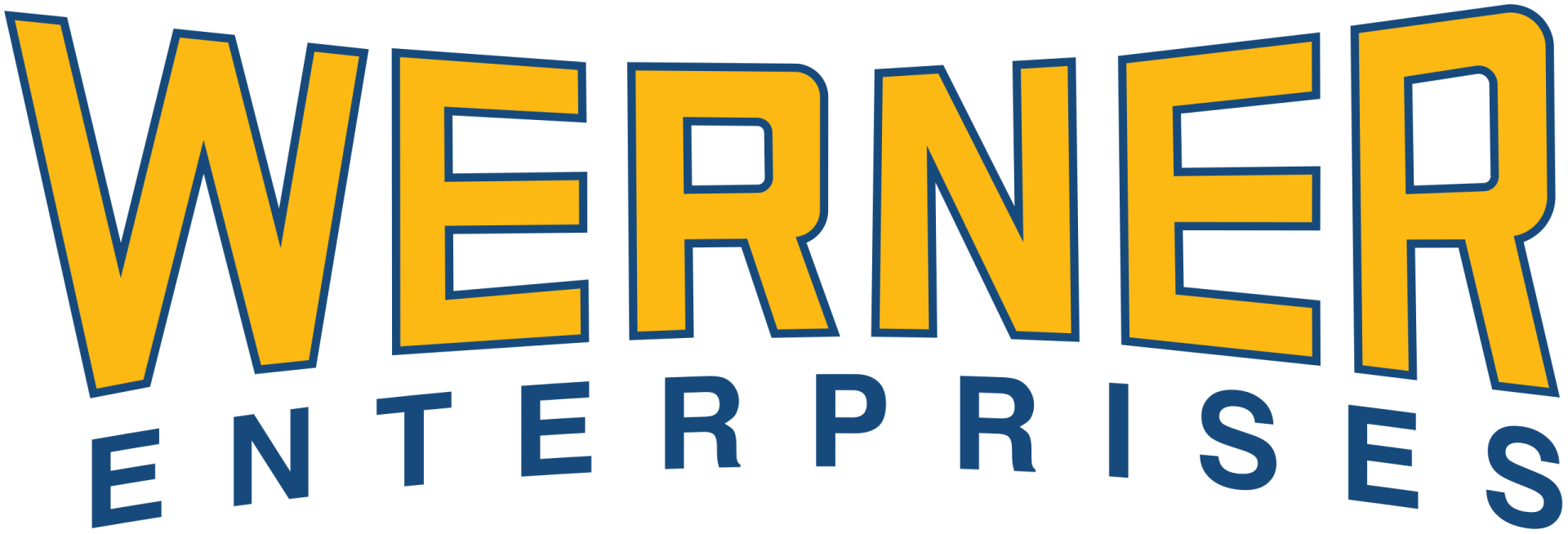
Werner Enterprises
Messaging and Current Load React App Modules
Project Type: Web Dev
Pitch Video
Project Description (Student Access)
The goal of this project is to develop a tool that connects all channels of communication with a singular tool that is accessible by app or browser. Develop independent tools to house within Ionic Framework Apps connecting Driver, Shipper and Carrier Portals with powerful tools in a code base that is portal across Products and bring value to Werner’s communication with drivers on the road. Werner is looking to develop independent functioning widgets (modules) that are leveraged by drivers and internal staff supporting their daily functions such as mapping the current load, reviewing pay, and messaging, allowing for improved and faster performance. Messaging functions will provide the link between team members on the road and staff at various locations. Android tablets are provided in all tractor cabs plus drivers provide their own devices. Current Load & Maps will connect drivers with visibility to their loads. Drivers can request loads and be assigned loads. Linking their driver profile with current load assignments, presenting detailed load and delivery information to the screen, and further supporting in an interactive map with a 3rd party vendor Trimble maps. (Also consider Google Maps).
